Machado de Castro National Museum
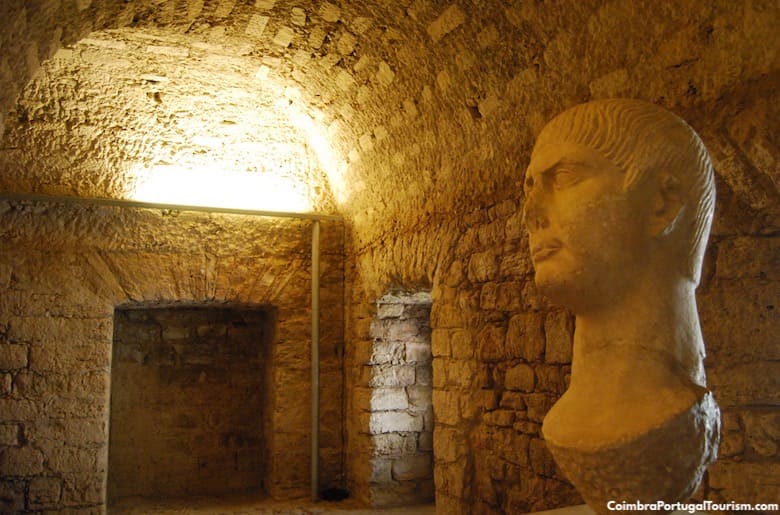
Open since 1913, this is one of Portugal’s most important museums. It occupies the former Bishops’ Palace, built over a Roman cryptoporticus from the 1st century. The subterranean gallery supported a forum that was the greatest building in Roman Coimbra, and was also used to store food. It displays a few Roman sculptures and is part of a visit to the museum above. The Bishops’ Palace was built, expanded and restored between the 12th and 18th centuries, and presents different architectural styles. It had a Romanesque cloister, a classical loggia, a Moorish-style portal and a baroque church. Everything was restored in the early 21st century, when the museum was remodelled. It’s dedicated to Machado de Castro, who was born in Coimbra and became Portugal’s leading 18th-century sculptor. It displays an important collection of pieces spanning 2000 years, from archaeological finds to paintings, to sculptures from the 11th to the 16th centuries.
See the Machado de Castro Museum visitors’ guide.
Bissaya Barreto House Museum
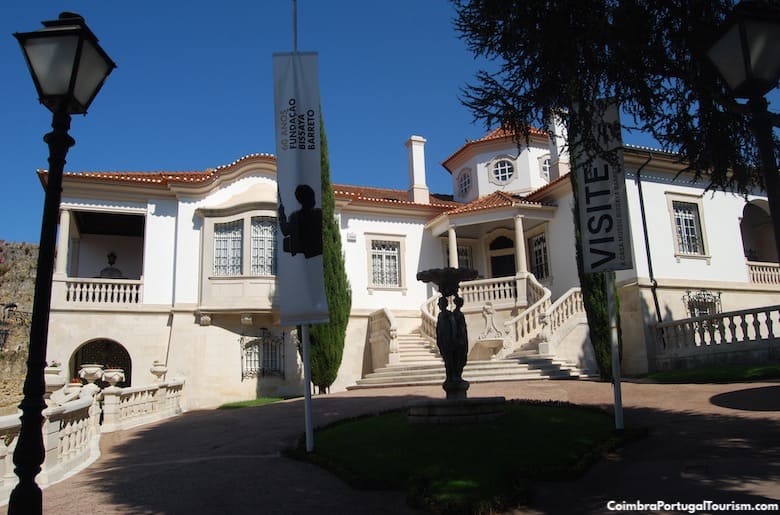
The mansion where doctor, philanthropist and Coimbra University professor Fernando Bissaya Barreto lived is now a museum displaying his art collection. It stands next to a 16th-century aqueduct, facing the Botanical Garden, and was built in 1925. Its architecture was inspired by Portuguese Baroque, and includes a beautiful garden decorated with statues and tile panels. The palatial interior presents decorative arts, naturalist paintings, sculptures, and Chinese porcelain, acquired over a period of 50 years.
See the Bissaya Barreto House Museum visitors' guide.
Science and Natural History Museums
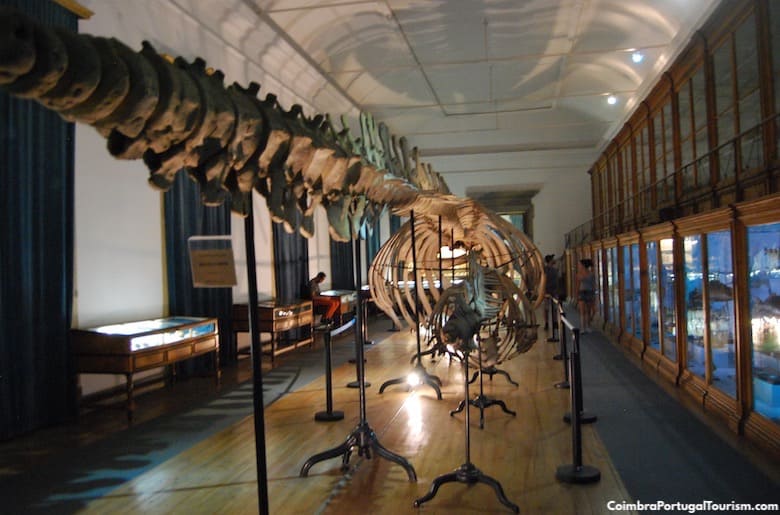
A beautiful 18th-century building located behind the New Cathedral and used as a science lab by Coimbra University throughout the centuries, was turned into a museum in 2006. It houses the university’s different science collections, but is essentially a modern and interactive museum. Its goal is to promote science to visitors of all ages, exploring a variety of themes, such as light and the human eye. The building in front is a former Jesuit college, and displays a collection of natural history and scientific instruments, considered among the rarest and most important in Europe. Highlights are fossils, minerals, skeletons and embalmed animals from as far back as the 18th century, such as peacocks, snakes, and a large whale taking up almost an entire room.
See the Coimbra University Museums visitors' guide.
Municipal Museum of Coimbra
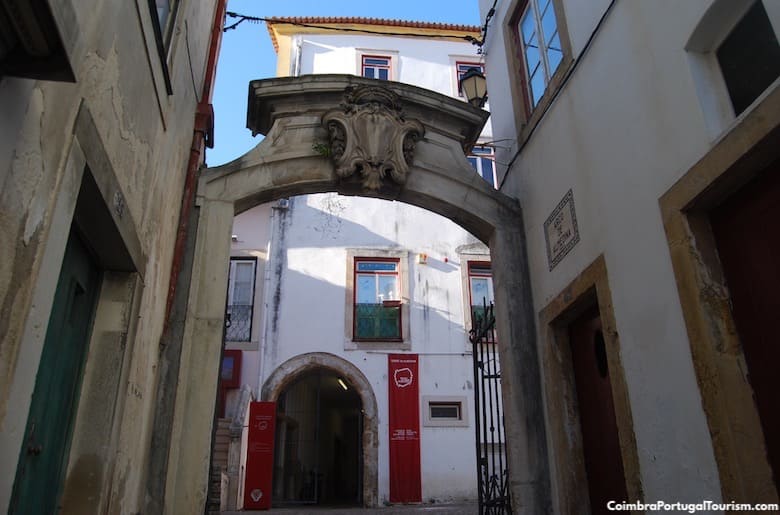
Divided into three branches, the Municipal Museum of Coimbra explores different themes related to the local culture. In Torre de Almedina, a tower that once served as a gateway to the city, it tells the story of medieval Coimbra, when it was surrounded by a wall, and presents temporary exhibitions. In another tower, the medieval Torre de Anto, which was home to a poet, it explains and promotes the tradition of fado music in the city. There are guitars and other items that once belonged to singers, composers and guitarists; audio selections, and a small auditorium for occasional concerts.
The third branch is in a building named Edifício Chiado, which is an interesting example of iron architecture from the early 20th century. It has a permanent collection of Portuguese paintings from the 19th and 20th centuries, ceramics, sculptures, and furniture, as well as space for temporary exhibitions.
Torre de Almedina - Rua do Arco Almedina, 7
Torre de Anto - Rua Sobre Ribas, 35
Edifício Chiado - Rua Ferreira Borges, 85
Santa Casa da Misericórdia Museum
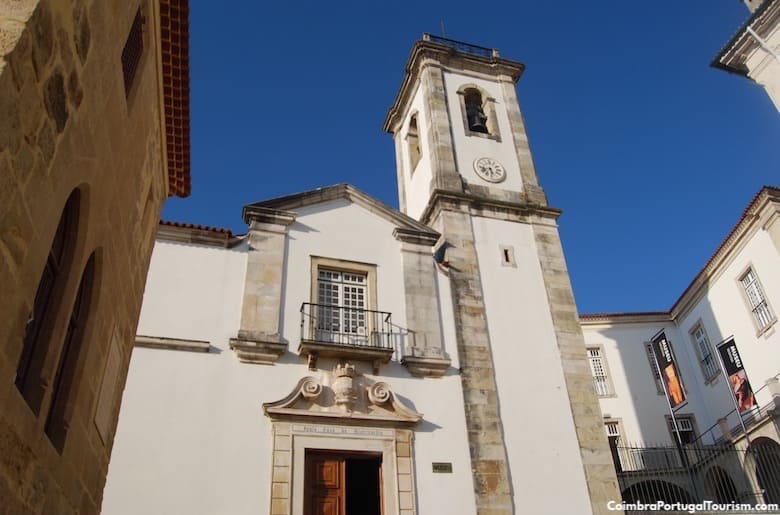
This museum occupies the building of a college from 1593, which belonged to the Monastery of Santa Cruz. It’s a Mannerist building by Filippo Terzi, one of the leading architects in Portugal at the time, and consists of a church, an archive and an exhibition space showing art sponsored by and donated to Santa Casa da Misericórdia, a charity present in all major towns in Portugal and its former colonies. The museum opened in 2000, and its collection is mostly made up of paintings and sculptures. It also hosts temporary exhibitions.
It’s located in Rua Sobre Ribas, right next to Torre do Anto, which is part of Coimbra Museum (see above).